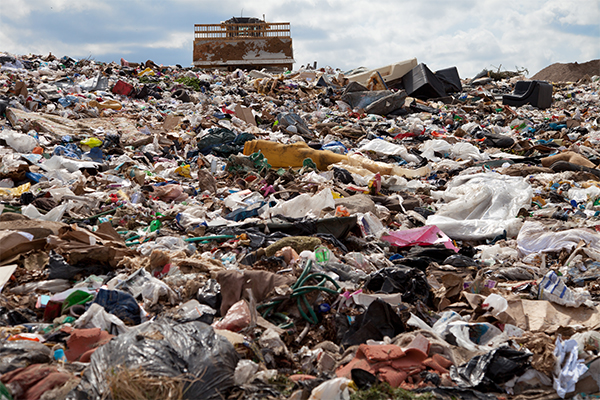The NSW Environment Protection Authority (EPA) and Environmental Trust have invited local councils to apply for a share of $2.5 million in grants to improve landfills across the state.
The grants, available under the third round of the Regional Landfill Consolidation and Environmental Improvements program, are designed to assist councils in improving landfills and reducing their impact on the environment.
They are available to councils in regional and rural areas in NSW with projects due to commence in 2018 and due for completion by 2019. The funding is via a contestable grants program administered by the Environmental Trust.
The funding is divided into two streams: Stream 1 is available to councils to consolidate and close landfills and establish transfer stations while Stream 2 is available for improvements including fencing and security measures. Both streams aim to support local councils in improving environmental performance of landfills and minimising the impact on the environment.
Following on from Round 1 and 2, 31 landfills in regional NSW have been closed with a further 63 receiving funding for improvements under Stream 2. Previous grant recipients Parkes and Greater Hume have successfully received funding to cap, close or consolidate landfills. Tenterfield Council was successful in receiving $187,000 from the Trust to close four landfills in their region and establishing three supervised transfer stations.
Under Stream 2, councils have been able to use the funding to undertake important improvement works. Bourke Council received $44,000 to fence and improve signage at four remote landfills. Gilgandra Shire Council received $55,000 to increase security and prevent unauthorised access and Bogan Shire Council received $49,000 to install fencing to limit access and control litter at the Nyngan Waste Management Facility.
Up to $200,000 each is available to rural and regional councils which manage licensed and unlicensed landfills, with the grant providing up to 70 per cent of the costs identified for the project. The remaining 30 per cent would be covered by council in-kind or financial contributions.



